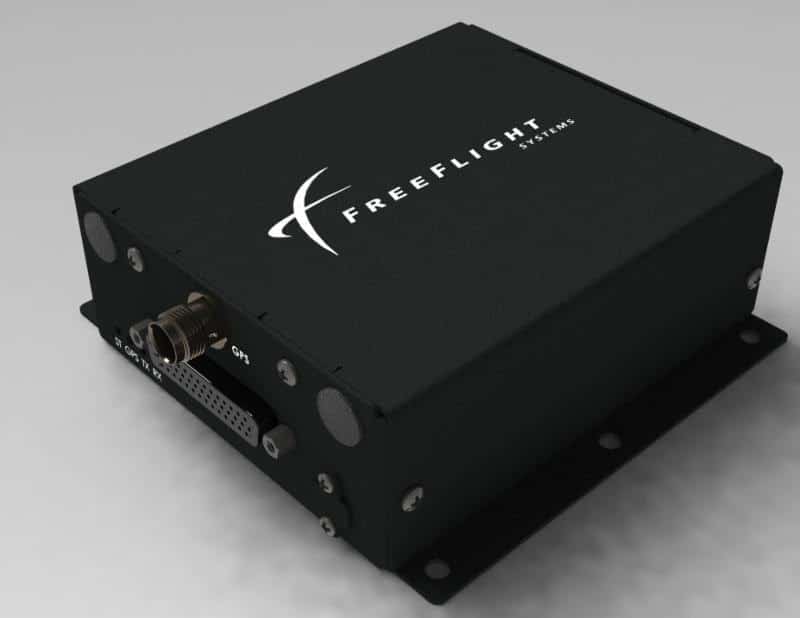FreeFlight Systems has introduced its Model 1201C SBAS/GNSS sensor. As an ADS-B rule-compliant position source, the 1201C SBAS/GNSS sensor meets the performance requirements of GPS certification, according to company officials.
The 1201C has been designed to replace the 1201, the first SBAS/GNSS sensor to receive FAA TSO authorization.
The 1201C integrates with existing Mode S Extended Squitter transponders to enable compliance with ADS-B Out equipage requirements prior to the FAA’s Jan. 1, 2020, ADS-B deadline.
 Approved for all ICAO jurisdictions worldwide, the remote-mount system also interfaces with compatible, certified ADS-B In receivers for viewing ADS-B weather and traffic information on tablet devices and multifunction displays, company officials report.
Approved for all ICAO jurisdictions worldwide, the remote-mount system also interfaces with compatible, certified ADS-B In receivers for viewing ADS-B weather and traffic information on tablet devices and multifunction displays, company officials report.
The 1201C SBAS/GNSS sensor meets ADS-B and RNP accuracy, integrity, and availability requirements worldwide, officials note. It also supports oceanic and domestic, enroute, terminal, non-precision approaches, and departure operations.

This 1201 system is still a total “non-starter”, as any practical alternative to meet ADS-B requirements, …with purchase and installation costs likely well over $3K, … and with tearing the airplane apart, and still needing a new antenna and wiring. Bottom line is that FAA’s ADS-B concept and FAR 91.225/91.227 requirement is severely flawed, and overspecified (excessive NIC and NAC), …with both DoD not intending to comply, foreign airlines not complying, US airlines getting relief to at least 2024, the BizAv with no hope whatsoever of having a high level of compliance, low end GA largely ignoring it in massive numbers, …and now the Drone community with millions of air-vehicles at stake, essentially thumbing their nose at FAA at ADS-B (the recent advisory Committee lack of consensus to FAA on these tracking issues).
Thank you for the update. I still haven’t figured the benefit from this solution in search of a problem. Other than perhaps to be able to bill pilots for atc.
The bureaucracy …still uses morse code.
Yes Glenn! You’ve correctly identified the source of the problem!!! However now, sadly aided and abetted by NBAA, AOPA, and EAA who are essentially throwing GA and GA pilots under the bus, by foolishly claiming that “FAA is just fine”, and supporting FAA’s ADS-B debacle, and stating that FAA doesn’t need to be broken up, and completely re-formulated without the bureaucracy, and from first principles, as was done wisely and beneficially back in ’26, ’38, and ’58.